Yinlong
Name Origin
Hidden Dragon
Family
Leptoceratopsidae
Classification
Diapsida, Ornithischia, Marginocephalia
Habitat (Discovery Location)
China
Period
Approximately 158 million years ago (Late Jurassic)
Length
Approximately 1 meter
Weight
Approximately 15 kilograms
Diet
Herbivore (Plant-eater)
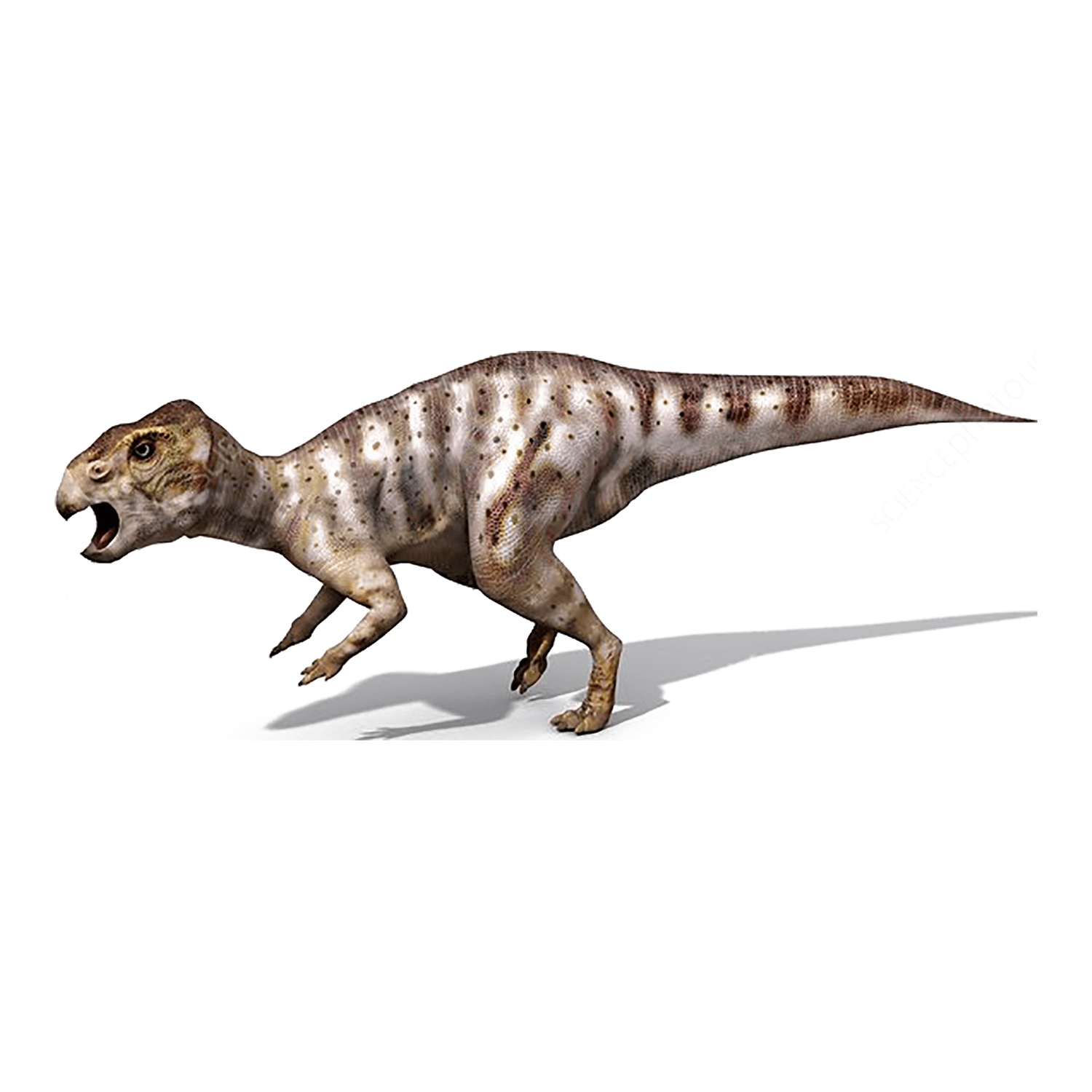
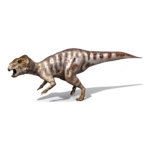
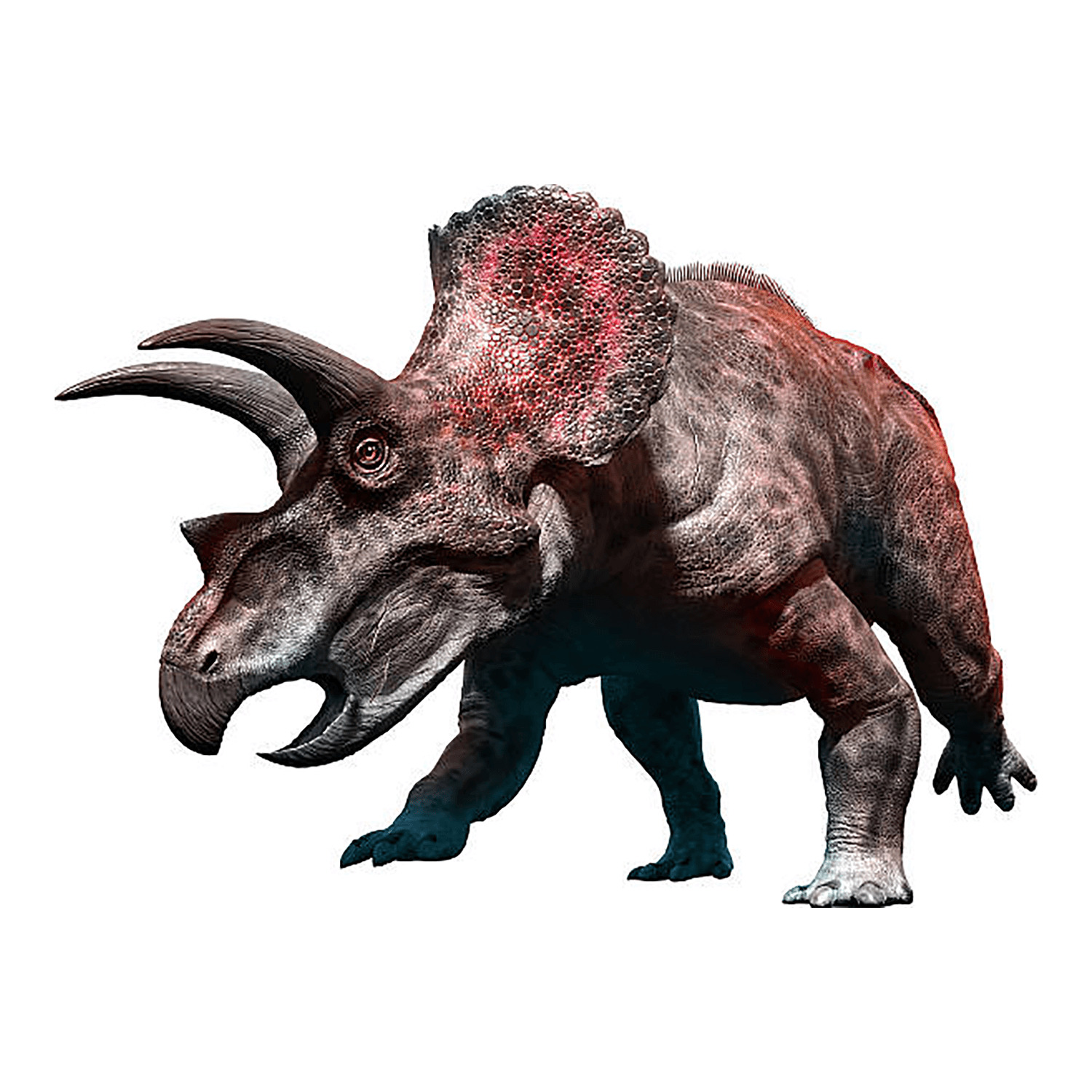

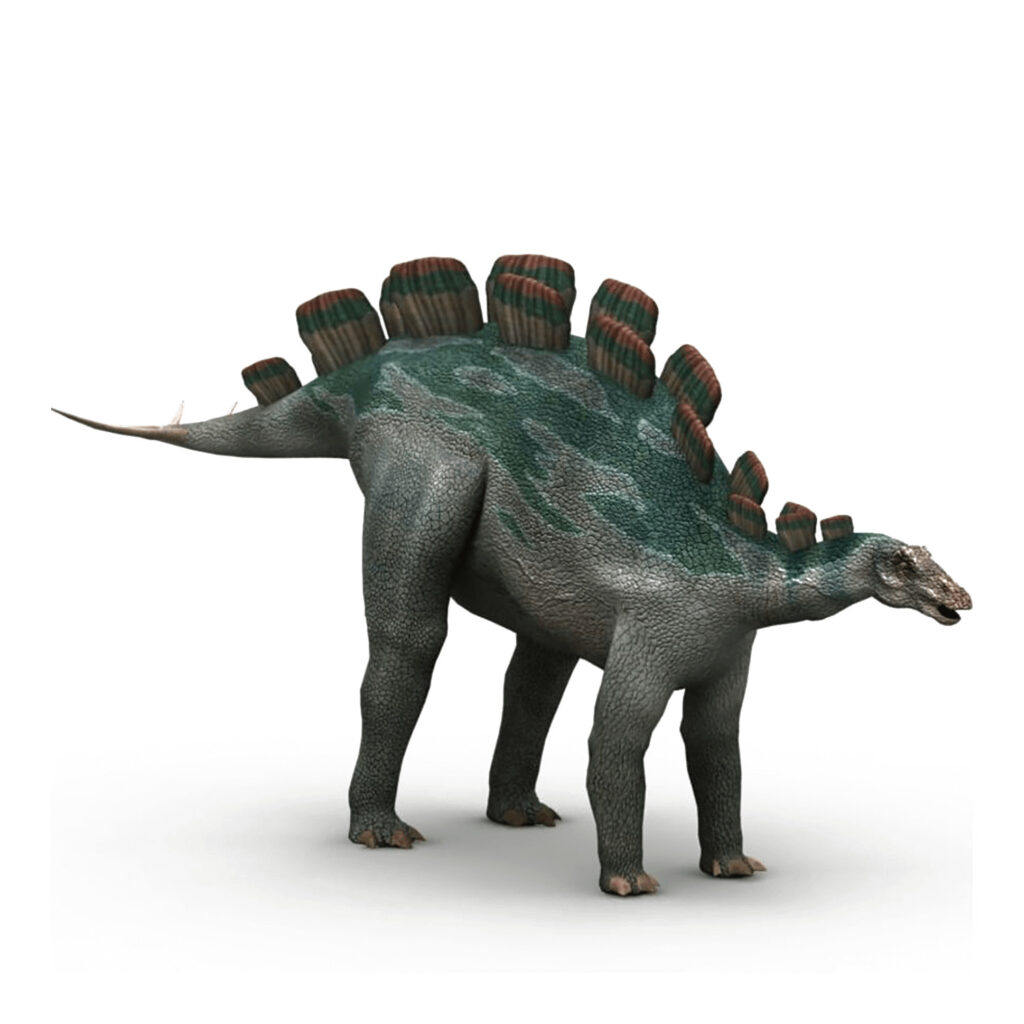
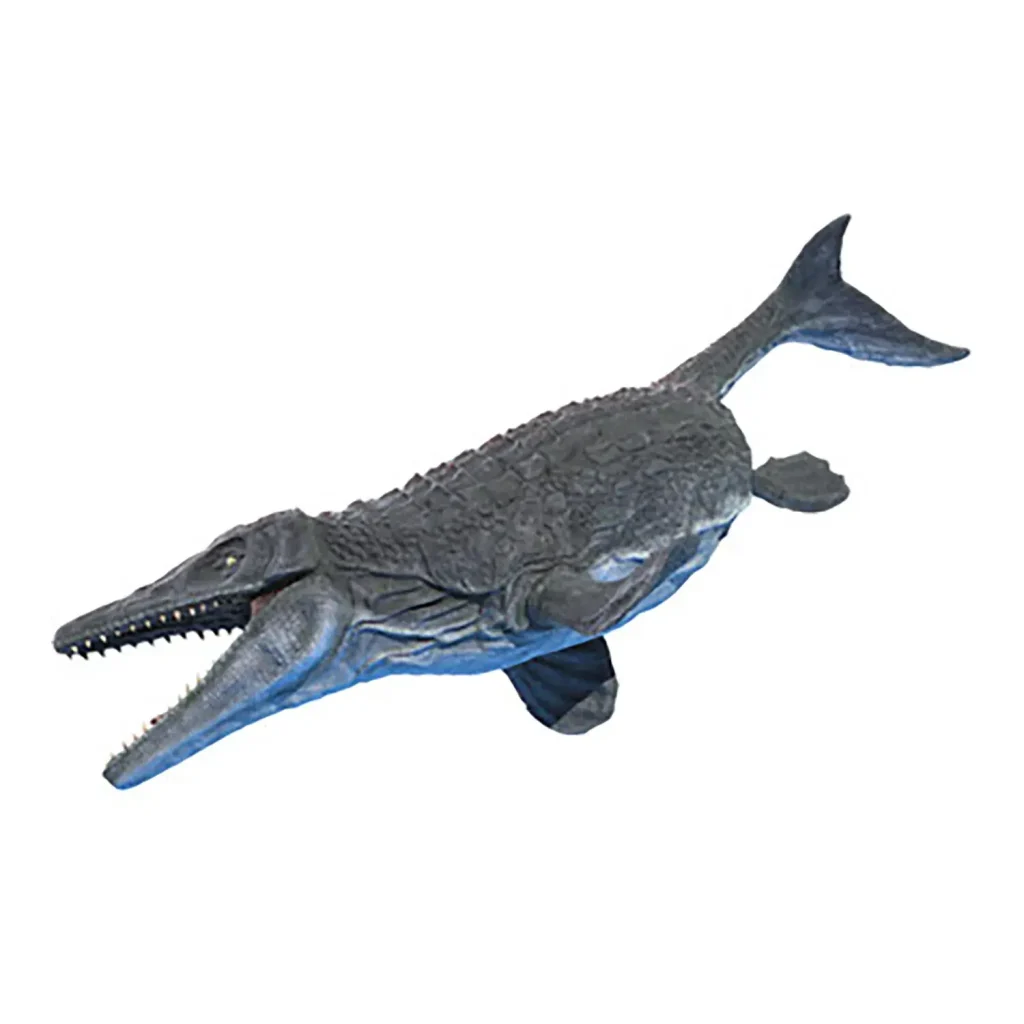
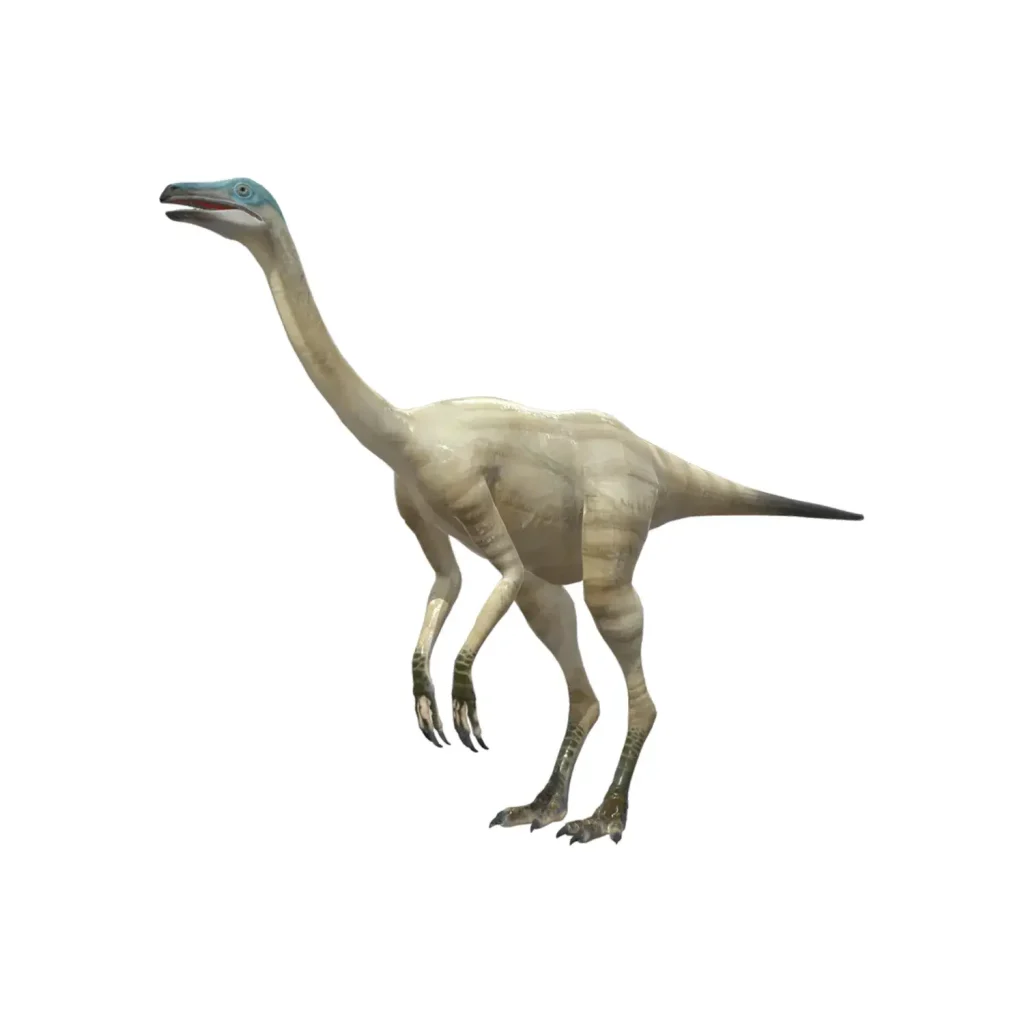
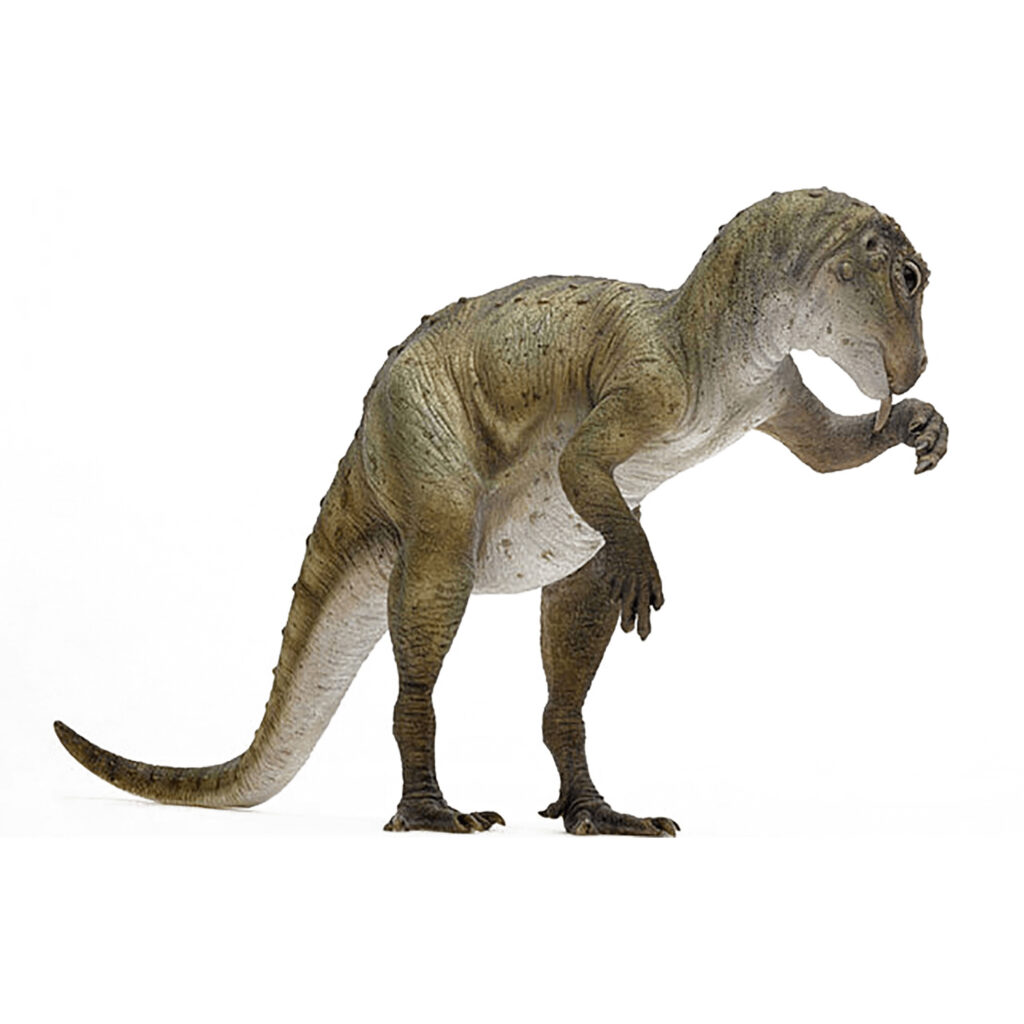













Description
Yinlong was one of the earliest ceratopsians, discovered in Asia during the Late Jurassic period (approximately 160 million years ago).
Its name, meaning “Hidden Dragon,” was given in reference to the movie Crouching Tiger, Hidden Dragon, which was filmed near the discovery site.
As most ceratopsian fossils are found in Cretaceous rock layers, Yinlong is a rare and valuable discovery from the Jurassic period.
A “Mosaic” Connecting Ceratopsians and Pachycephalosaurs
Yinlong is the most primitive ceratopsian, appearing shortly after the split between pachycephalosaurs and ceratopsians.
Its skull had a remarkable structure that could be called an evolutionary “missing link,” as it combined features from both groups.
Ceratopsian Features
At the tip of its upper jaw, it had a rostral bone, a characteristic ceratopsian feature that connects it to later species like Triceratops.
Pachycephalosaur Features
On the other hand, the squamosal bone at the back of its head had a knob-like ornamentation, a feature seen in pachycephalosaurs like Pachycephalosaurus.
It also had long, sharp, fang-like teeth, a primitive feature of ornithischians.
These characteristics are conclusive evidence that ceratopsians and pachycephalosaurs are very closely related and evolved from a common ancestor.
The Possibility of an Omnivorous Diet and the Discovery of Gastroliths
Because Yinlong had some sharp teeth, it is believed not to have been a purely herbivorous dinosaur.
Gastroliths, or stomach stones, were found in its abdominal area, which it likely used to efficiently grind and digest tough plants in its stomach.
Based on this evidence, it is highly likely that Yinlong was an omnivore that also ate insects and small animals, in addition to its plant-based diet.
The discovery of the Yinlong fossil in 2006 was a very important event for unraveling the evolution of ceratopsians.